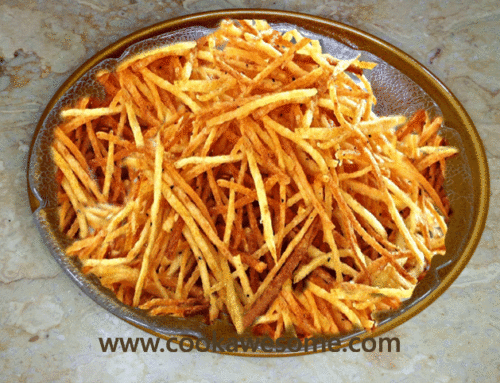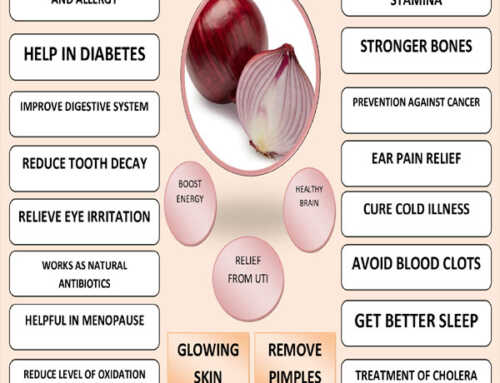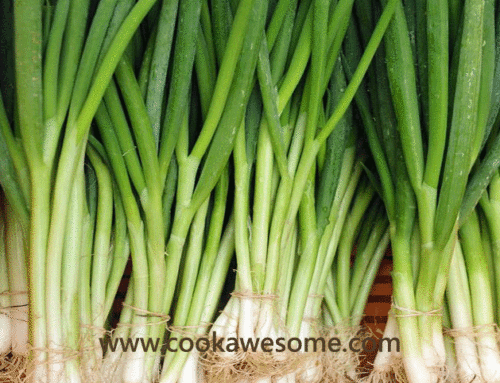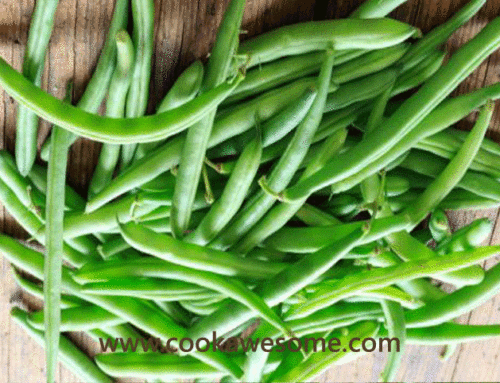Kohlrabi is probably descended from the cabbage eaten in Pompeii by the Romans and was first grown in Europe as early as the 16th century. It is a member of cabbage family and sometime, it is called turnip cabbage but differs from other types in that the round root is eaten and the leaves are usually cut away. Kohlrabi comes in various shapes and colors: rounded or flatten, from almost white through greenish-white to purple. The color reveals the origin of the kohlrabi. The white variety is usually grown in greenhouses, while the red is grown outdoors. Both varieties have white flesh. The greenhouse has a more delicate structure and taste, while outdoor has a stronger flavor.
Kohlrabi is rich in vitamins C and minerals such as calcium, potassium, phosphorous, magnesium, iron and sodium. Young kohlrabis are particularly suitable for vegetable dishes and salads. The leaves, if present, contains a great deal of carotin (provitamin A) and should be used chopped in vegetable dishes or salads.






